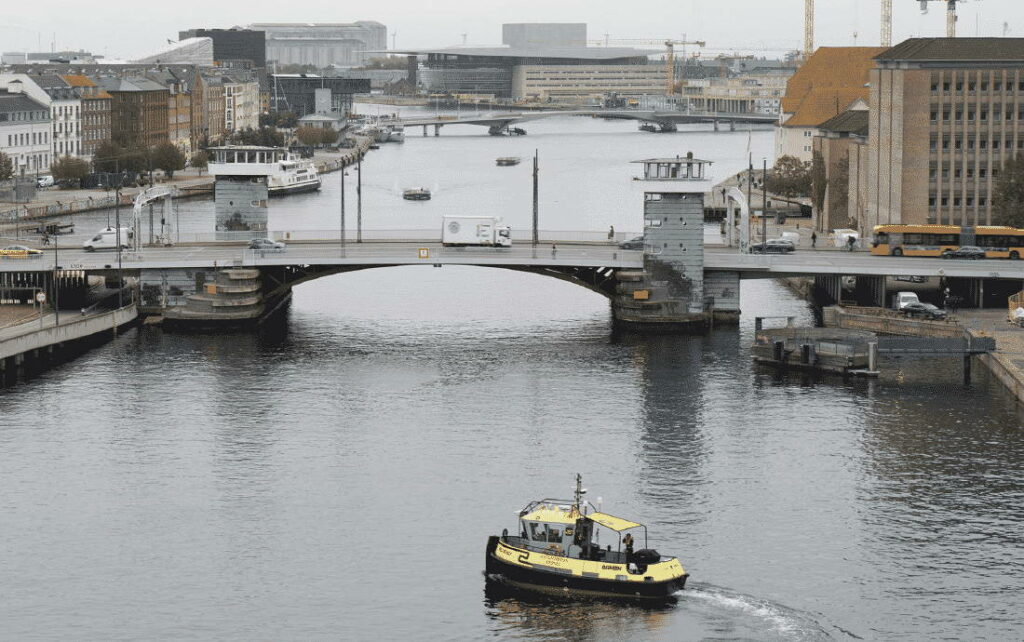Sea Machines Robotics has completed the world’s first 1000+ nautical mile autonomous and remotely commanded journey of a commercial vessel at sea. The USV (unmanned surface vessel) used for the journey was the autonomous tug Nellie Bly, which undertook the voyage in just 129 operational hours over 13 days, under the project name The Machine Odyssey. The journey was commanded by U.S. Coast Guard-licensed mariners remotely stationed 3,000 miles away in Boston.
The Nellie Bly employed first-of-its-kind, AI-enabled long-range computer vision, as well as the Sea Machines SM300 sensor-to-propeller autonomy system. The vessel’s technical features allowed for path-planning, active domain perception, dynamic obstacle, and traffic avoidance and replanning, depth sensing, and fusion of vectored nautical chart data. 96.9% of the 1,027 mile journey was accomplished under fully autonomous control and the SM300 successfully executed 31 collision-avoidance and traffic separation maneuvers.
Using multi-sensor fusion, the system digitally perceived over 12,000 square miles of ocean space more accurately and comprehensively than comparable human operators. This successful autonomous operation demonstrates that with this technology, ocean fleets can sail in a more predictable and safer manner, while optimizing the global supply chain by delivering a greatly more efficient and productive means of transportation than what exists today.
Throughout the voyage, the tug averaged a speed of 7.9 knots. Sea Machines garnered 3.8TB of essential operational data, showcasing how the ships can readily connect as IoT (Internet of Things) systems into the cloud economy. The SM300 also provided the remote commanders in Boston with an active chart of the environment and live augmented overlays showing the progress of the mission, state of the vessel, situational awareness of the domain, real-time vessel-borne audio, and video from many streaming cameras.
Michael Johnson, CEO of Sea Machines, commented: “The completion of this voyage marks the catalyst for a new era of at-sea operations. Over the last two millennia it’s estimated that around one-hundred million vessels have transited these same Danish waters. Though vessels, cargos, nations and destinations have changed, the way these great ships are commanded has remained virtually constant, with humans onboard making navigational decisions, undertaking manual control actuation, and communicating person to person. Only now are we revealing a new method of operation.”
“Remotely commanded autonomous vessels provide the marine industries with the platform necessary to be competitive in the modern world, delivering significant increases in productivity and operational safety, digitized ultra-efficiency and response speed, and will provide a new world of actionable operational data for improved planning and business practices. The Machine Odyssey signals the start of a new human-technology relationship propelling on-sea operations in the 21st century.”
“Autonomy is taking hold faster on the waterways than it is on roadways. Our autonomous systems are already supporting vessel operations around the world in manned and unmanned capacities. We are rapidly retooling the marine industries with an advanced perception, self-piloting system, and connected vessel intelligence. The Machine Odyssey was a success and we believe we will soon see autonomy become commonplace.”



















